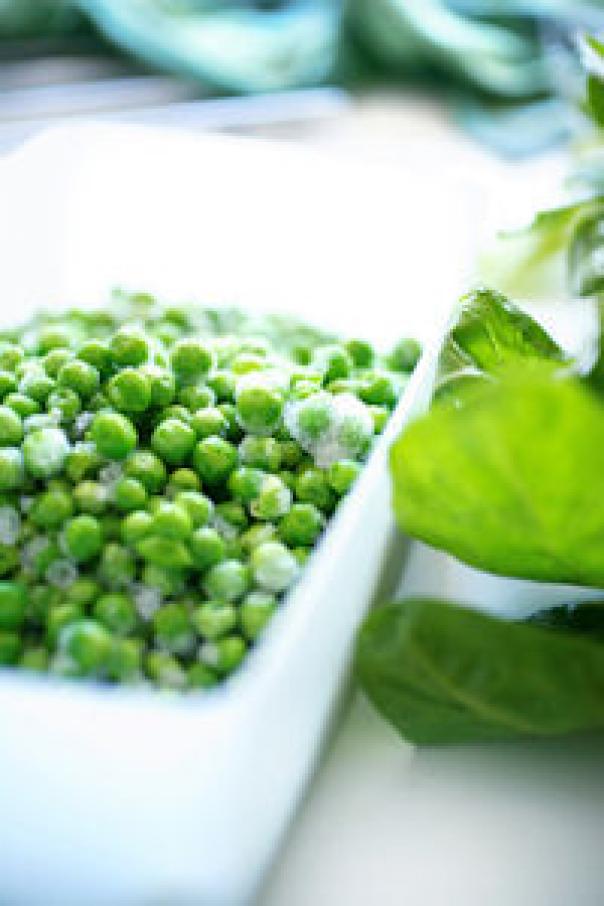
The question of inferiority
The longstanding perception is that frozen food is an inferior choice for caterers, compared to fresh, both in terms of quality and flavour. However, this isn’t the case.
Most fresh fruit and vegetables are picked before they are mature, allowing time for them to fully ripen before making their way into the hands of businesses. Frozen fruit and veg will be picked at peak ripeness and frozen straight away in order to retain all the nutrients. So long as the products in question have been reliably sourced, the taste and quality between fresh and frozen shouldn’t differ.
According to charity LiveStrong, the nutritional values in frozen and fresh vegetables are very similar; the only difference is the vitamin content once a vegetable is frozen – mineral, fibre and carbohydrate values don’t change. In fact, by the time food is stored and transported to the end customer, regardless of whether it has been frozen or it’s fresh, the two will actually have comparable nutritional value.
Getting the most from your products
With 1.9 million tonnes of food being thrown out by the industry every year in the UK, looking for ways to reduce waste is not only beneficial for company budgets, but it also helps the environment too.
When it comes to sourcing, caterers should be considering which route enables them to get the most from their products and result in less waste. Whilst fresh food may encourage smaller, more strategic purchases, frozen can be stored until needed and cooked to order.
Additionally, seasonality can play a big factor in the purchasing decision. For many, offering seasonal dishes from only readily available produce is what makes them stand out – a rotating menu can be a key selling point. However, this means choice can be limited. Frozen food allows caterers to offer a variety of dishes all year round, regardless of whether it’s currently available to source fresh.
The war on packaging
More and more companies are turning their focus towards sustainability and looking for ways to reduce their carbon footprint, of which packaging plays a huge part. As less than half of plastic actually gets recycled, reducing its use wherever possible is key to ensuring business sustainability. Whilst fresh food can be supplied in paper packaging, frozen food requires a lot of waterproof plastic. When purchasing products, whether fresh or frozen, caterers should also be looking towards brands that have made a step towards creating environmentally friendly packaging.
Despite perception, fresh and frozen are comparable across their capabilities. When planning for Brexit, caterers should carefully consider what they need their produce for and go for the route that best fits their requirements. Whilst economic security is currently up in the air, having a contingency plan in place for every eventuality will help caterers ensure their company remains on top despite challenging times.